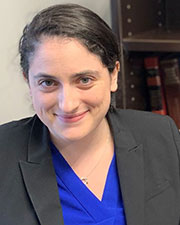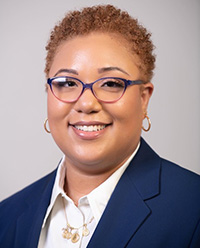By Peter Casciano, Esq.
(301) 244-4523
pcasciano@a-f.net

The two most common needs-based benefits that I interact with are Medicaid and SSI. Recipients of those benefits can have their benefits cut completely or reduced if the receipt receives funds from some other source. Those other sources can be inheritance, personal injury claim, or any other receipt of money from some source other than work.
ABLE accounts have been established in many states in the country, including Maryland, to help folks receive and use larger sums of money without worrying about whether their needs-based benefits will be terminated.
How Do ABLE Accounts Work?
First, ABLE accounts allow for a $15,000 per year maximum to be invested to be used for a wide range of disability-related expenses. Second, your contributions to the ABLE account may be tax deductible. Third, as the account grows due to the interest rate, it grows tax-free. Lastly, in Maryland and subject to some specific rules, the money that you place into the account does NOT count as assets for most needs-based benefits like SSI and Medicaid.
Specifically, up to $100,000 of the balance on your ABLE account will not count against the asset test used by the Social Security Administration for SSI benefits. This means that if you deposit money into that account above $100,000 or it grows beyond $100,000, the money owned above $100,000 will count against you for SSI. However, for Medicaid, the rules are friendlier and no money in the ABLE account will count against you for Medicaid. It is important to know that the maximum value of an ABLE account in Maryland is $350,000.
In order to open an account, there are also some important rules of which to be aware. First, you must have developed a qualifying disability prior to reaching age 26. If one is not able or competent to open an ABLE account, they can use a representative to open and manage the account for them.
A key feature of an ABLE account is the flexibility on which the ABLE funds can be used. The following list is provided in order to give you examples of what the ABLE funds can be used for, provided these costs are spent toward improving health, independence and quality of life:
•Living expenses
•Education
•Housing
•Transportation
•Employment, training and support
•Assistive technology
•Personal support services
•Health, prevention and wellness
•Financial management
•Administrative services
•Legal fees
•Oversight and monitoring
•Funeral and burial costs
For more information for Maryland residents, and to see if ABLE accounts are right for you, please visit this website: https://www.marylandable.org/ If you have questions about an ABLE account, please contact me for a free consultation.
You may also be interested in:
- Protecting Social Security Disability Claimants in the Proposed Federal Court Rules
- How to Read an Independent Medical Examination (IME)
- Social Security Disability Hearings: Hurry Up and Wait








